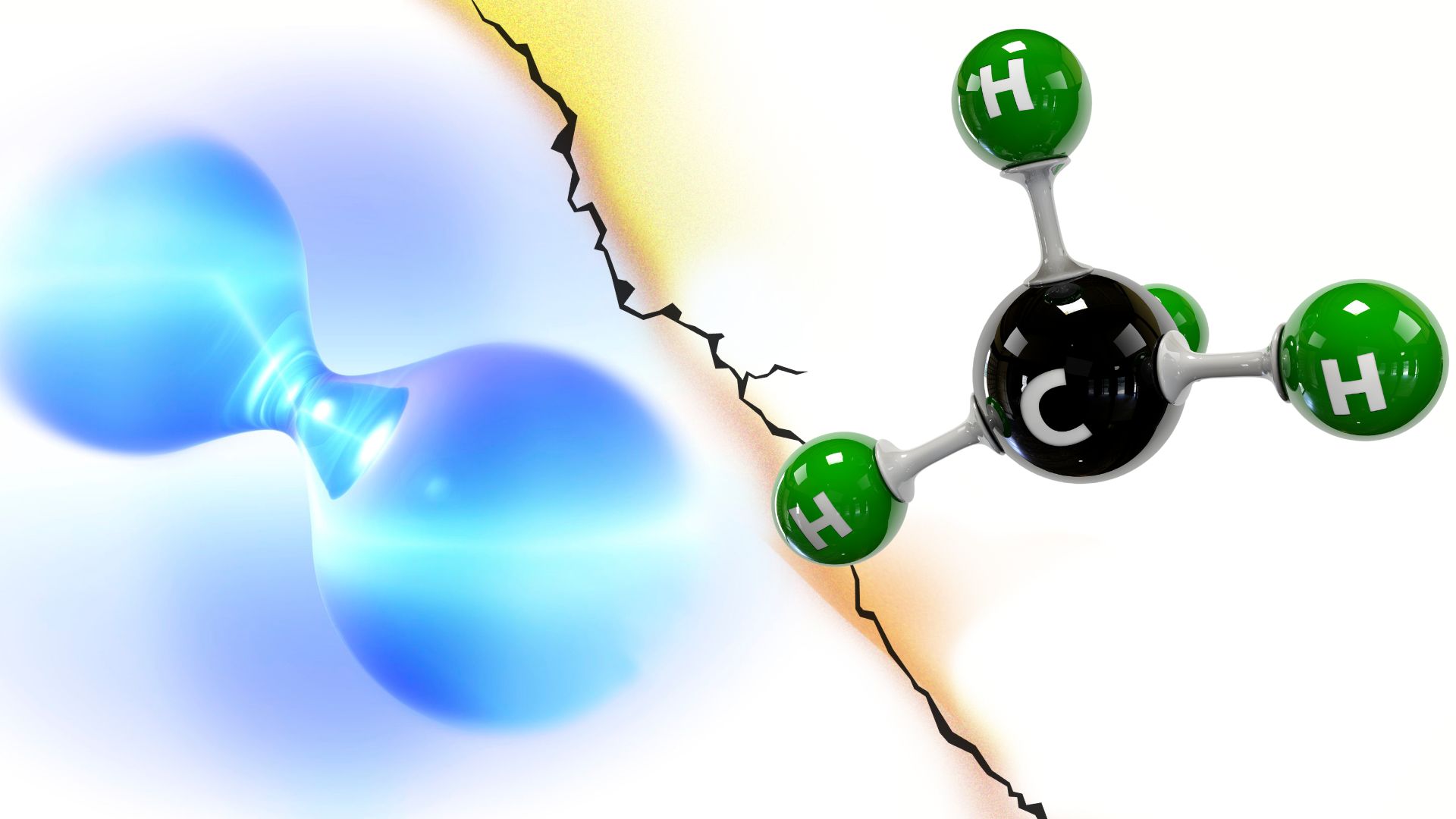
MIT Study Shines a Light on Hydrogen and Natural Gas in the Leak Debate
December 19, 2024MIT Study Highlights Lesser Climate Impact of Hydrogen Leaks Compared to Natural Gas
A recent study conducted by MIT researchers sheds new light on the climate implications of hydrogen as a replacement for natural gas. The study found that hydrogen leaks, though impactful, are about three times less damaging to the climate than methane leaks (the primary component of natural gas) on a per-mass basis. However, the research reinforces the need for robust measures to minimize leaks of both hydrogen and natural gas to combat climate change effectively.
Comparing Hydrogen and Methane Leaks
The MIT study underscores a key aspect of the energy transition — understanding the implications of fuel leaks on global warming. Methane, the primary component of natural gas, is a highly potent greenhouse gas (GHG) that can trap heat in the atmosphere 80 times more effectively than carbon dioxide over a 20-year period.
On the other hand, leaked hydrogen indirectly contributes to climate warming by interacting with other airborne compounds, particularly tropospheric ozone and methane. When hydrogen leaks, it reduces atmospheric hydroxyl radicals (OH), which act as natural “detergents” by breaking down methane. This reduction allows methane concentration to increase, albeit less significantly compared to methane leaks themselves.
The researchers found that hydrogen’s climate impact is approximately one-third of methane’s. While this is promising, the study cautions that hydrogen leaks are not inconsequential and must be minimized to maximize the climate benefits of hydrogen energy.
Key Findings from the MIT Study
To simplify the complex chemical mechanisms behind hydrogen leakage, here are the key takeaways from the study:
- Reduced Climate Impact: Hydrogen leaks have about three times less climate impact than methane leaks (per mass basis).
- Interaction with Methane: Leaked hydrogen indirectly raises methane levels by reducing OH, the atmospheric “cleaning agent.”
- Feedback Effects: Unlike simpler models, MIT’s advanced 66-equation chemical model captures the feedback loop whereby increased methane makes more OH, limiting damage.
- Minimized Leakage is Critical: Both hydrogen and methane leaks need to be curtailed to ensure their sustainability as fuels in the clean energy transition.
Examining the Scope of Natural Gas Leaks
Natural gas leakage remains a pressing issue in the fight against climate change. According to recent research, about 3% of natural gas produced in the U.S. is wasted and leaks into the atmosphere. These rates far exceed the U.S. Environmental Protection Agency’s estimates of 1%, showcasing the underestimation of methane emissions in official reports.
Methane leaks occur throughout the natural gas supply chain, from drilling and transportation to household use. Even small leaks can significantly contribute to global warming, as methane’s heat-trapping effects are disproportionately higher than its concentration in the atmosphere.
Why Preventing Leaks Matters
Leaks, whether from natural gas or hydrogen, undermine the benefits of these fuels as alternatives to more carbon-intensive energy sources like coal and oil. Mitigating leakage is vital for several reasons:
- Reducing GHG Levels: Curtailing leaks can significantly lower methane and hydrogen’s indirect contributions to global warming.
- Protecting Climate Goals: Success in reaching net-zero emissions targets depends on near-perfect containment of these gases.
- Boosting Energy Efficiency: Preventing leaks ensures that fuel isn’t wasted, increasing the overall efficiency of energy systems.
Advancing H2 Leak Prevention Technologies
Efforts are underway to develop and deploy advanced technologies designed to detect and prevent leaks of hydrogen and natural gas. Companies investing in leak prevention and monitoring reflect a growing focus on safe and sustainable energy.
- Fotech’s LivePIPE II Solution: This Distributed Acoustic Sensing (DAS) technology uses fiber optic cables to monitor vibrations and detect hydrogen leaks in pipeline systems.
- Metis Engineering’s Hydrogen Leak Detection Sensor: This cutting-edge sensor is designed to accurately detect hydrogen losses, preventing explosions and environmental risks in storage and distribution systems.
- Ongoing Research by DOE: The U.S. Department of Energy is supporting innovation in tools to measure both hydrogen and methane losses, working to refine the accuracy of leak detection technologies.
Applying These Insights to Current and Future Energy Systems
The MIT study adds valuable context to the debate on transitioning to hydrogen as a sustainable fuel. While hydrogen presents fewer climate risks than methane, unchecked leakage could undermine its benefits. These insights provide a roadmap for policymakers, researchers, and businesses as they tackle the dual goal of scaling hydrogen infrastructure and minimizing environmental impact.
Near-term steps include integrating advanced leak detection technologies into existing pipelines and ensuring that hydrogen production remains near-leak-free. Long-term, research into improving emission models and developing advanced infrastructure will be key to meeting net-zero targets by 2050.
By addressing infrastructure gaps and prioritizing leak-proof systems, hydrogen offers exciting potential to revolutionize clean energy. But as the MIT study reminds us, climate solutions depend not just on innovation but on implementation that leaves no room for waste or inefficiency.



 With over 15 years of reporting hydrogen news, we are your premier source for the latest updates and insights in hydrogen and renewable energy.
With over 15 years of reporting hydrogen news, we are your premier source for the latest updates and insights in hydrogen and renewable energy.